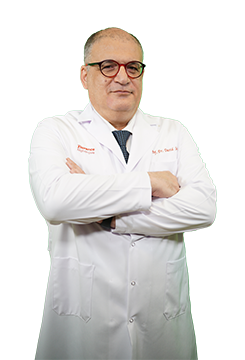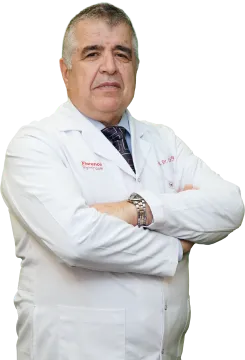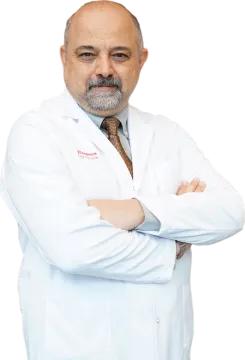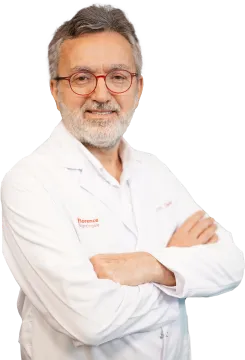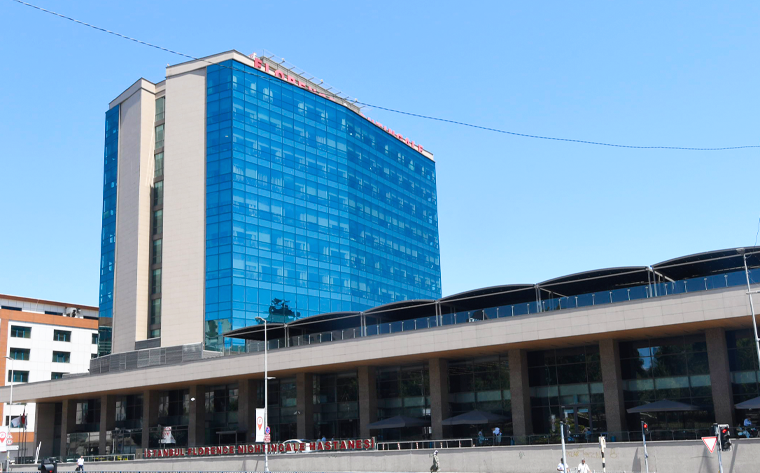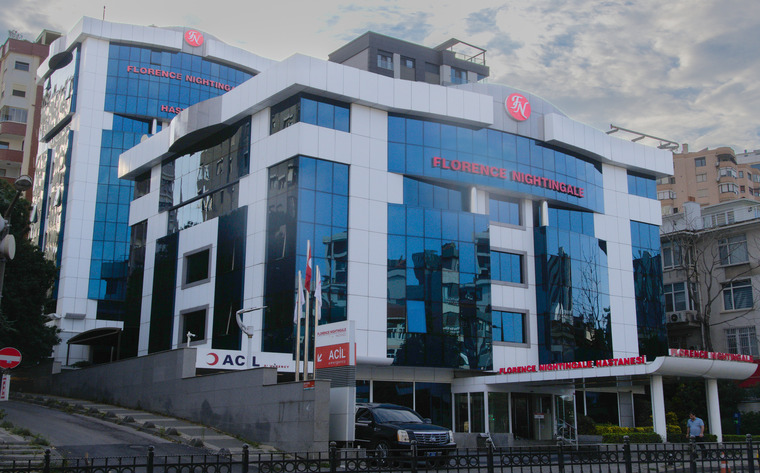
What is the Department of Cardiovascular Surgery and What Diseases Does It Cover?
Cardiovascular surgery is a medical specialty that covers the diagnosis, treatment and surgical interventions of diseases related to the heart and blood vessels. This department treats a wide range of health problems such as heart diseases, vascular occlusions, varicose veins and aneurysms.
About the Department of Cardiovascular Surgery
Cardiovascular surgery is a branch of medicine that involves surgical interventions for disorders related to the cardiovascular system. This department offers different surgical procedures for both adults and children. It is usually used in emergency and life-threatening situations.
Who is a Cardiovascular Surgeon and What Are Their Duties?
A cardiovascular surgeon is a doctor who specializes in the surgical treatment of diseases of the heart and blood vessels. These specialists perform a variety of procedures, including bypass surgeries, heart valve repairs, vascular grafts, and aneurysm repairs. They also provide pre- and post-operative care for patients.
What Diseases Does Cardiovascular Surgery Cover?
Cardiovascular surgery is a medical field that specializes in treating various diseases related to the cardiovascular system. This field covers both heart and vascular diseases. The main diseases treated by cardiovascular surgery can be listed as follows:
1. Coronary Artery Disease (CAD)
Coronary artery disease is a condition in which the arteries that feed the heart become narrow or blocked. This condition is usually caused by atherosclerosis, or plaque buildup on the inner walls of the arteries. Coronary artery disease can lead to angina (chest pain), heart attack, and other serious heart problems. This disease often requires surgery, such as bypass surgery.
2. Heart Valve Diseases
Heart valve diseases are conditions in which the heart valves do not function properly. These diseases can occur as valve narrowing (stenosis) or failure to close completely (insufficiency). Heart valve diseases may require interventions such as surgical valve repair or valve replacement.
3. Aortic Aneurysm
An aortic aneurysm is a weakening and ballooning of the wall of the aorta. This carries a risk of tearing (rupturing) the vessel wall and can be life-threatening. Treatment for an aneurysm is usually surgical repair or stent graft placement.
4. Peripheral Artery Diseases
Peripheral artery disease is a condition in which arteries in the legs, arms, and other peripheral areas become narrowed or blocked. This disease can cause leg pain, difficulty walking, and other serious complications. Treatment options include angioplasty, stent placement, and bypass surgery.
5. Venous Diseases
Venous diseases are diseases that occur when the veins do not function properly. These include varicose veins, deep vein thrombosis (DVT), and chronic venous insufficiency. Treatment methods include sclerotherapy, laser therapy, and surgical interventions.
6. Congenital Heart Diseases
Congenital heart disease is a condition in which the heart and blood vessels are abnormalities that are present at birth. These conditions include perforated heart (ASD, VSD), tetralogy of Fallot, and other structural problems. These conditions usually require surgery during childhood.
7. Cardiac Tumors
Heart tumors are rare tumors that occur in the heart or surrounding tissues. These tumors are usually removed surgically.
Cardiovascular surgery plays a critical role in the diagnosis, treatment and surgical interventions of these diseases. Such surgical interventions are vital to improve the quality of life of patients and extend their life expectancy.
What are Cardiovascular Surgery Examinations?
Cardiovascular surgery exams use a variety of tests and imaging modalities to evaluate a patient's condition. These exams include EKGs, echocardiograms, angiograms, MRIs, and CT scans. These tests are critical in diagnosing disease and creating a treatment plan.
What Methods Are Used in Cardiovascular Surgery Treatments?
The methods used in cardiovascular surgery treatments vary depending on the type and severity of the disease. Common treatment methods include bypass surgery, aneurysm repair, heart valve repair or replacement, stent placement and vascular grafts. Minimally invasive surgical methods are also frequently preferred.
When Should You Go to the Cardiovascular Surgery Department?
Situations where you should consult the cardiovascular surgery department include symptoms such as chest pain, shortness of breath, swelling and pain in the legs, and rapid or irregular heartbeats. In addition, this department should be consulted regularly for the follow-up and treatment of known cardiovascular diseases.
What is Done During a Cardiovascular Surgery Examination?
During a cardiovascular surgery visit, the doctor will thoroughly evaluate the patient's health history, perform a physical exam, and if necessary, order additional tests. This process may include blood tests, imaging tests, and sometimes invasive procedures.
What are the differences between cardiovascular surgery and cardiology?
Cardiovascular surgery and cardiology are two separate branches of medicine that deal with the cardiovascular system. Cardiologists use medications and other non-invasive methods to diagnose and treat heart disease, while cardiovascular surgeons perform surgical interventions. The two specialties often work together to ensure that patients receive the best possible care.
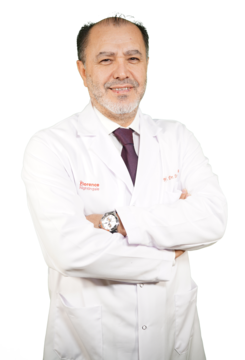.webp?lang=tr-TR&ext=.webp)
